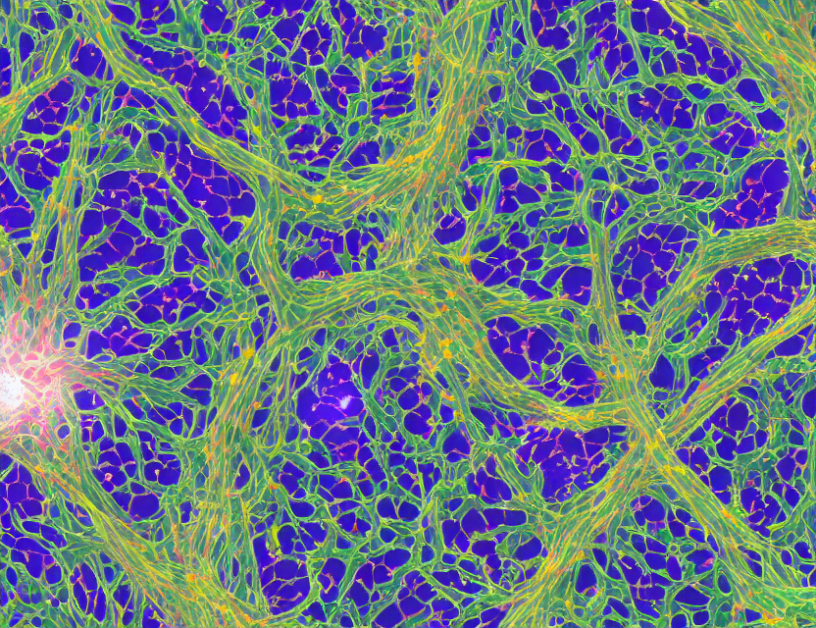Medical image segmentation is a critical task in healthcare, which involves identifying and separating different body parts or structures in medical images. However, this process can be challenging due to variations in imaging modalities, patient positions, and other factors. To address these challenges, researchers have proposed various methods for unsupervised domain adaptation on medical images. In this article, we will explore these methods and their applications.
Unsupervised Domain Adaptation
Unsupervised domain adaptation is a technique that enables machine learning models to adapt to new domains without requiring labeled data from the target domain. This approach has gained popularity in recent years due to its ability to improve model performance on unseen data. In the context of medical image segmentation, unsupervised domain adaptation can be used to train models on images from different modalities or scanners and adapt them to new domains without requiring manual labeling of the target data.
Methods for Unsupervised Domain Adaptation
Several methods have been proposed for unsupervised domain adaptation on medical images, including:
- Transformer-based models: These models utilize a self-attention mechanism to capture important regions of images and improve feature extraction.
- Swin-Transformer: This model applies the Swin Transformer architecture to both encoder and decoder for exploring long-range semantic information.
- Squeeze-and-expansion transformer: This method proposes a squeeze-and-expansion transformer for more diversified representations, which can capture multi-scale contextual information.
- Parallel local–global transformer: This approach utilizes an efficient parallel local–global transformer module to enhance accuracy of medical image segmentation for clinical applications.
Applications of Unsupervised Domain Adaptation
Unsupervised domain adaptation has numerous applications in medical image segmentation, including:
- Improving model performance on unseen data: By adapting models to new domains without requiring labeled data, unsupervised domain adaptation can improve model performance on unseen data.
- Reducing manual annotation efforts: With the ability to adapt models to new domains without labeling data from the target domain, unsupervised domain adaptation can reduce the need for manual annotation efforts.
- Expanding the scope of medical image segmentation: Unsupervised domain adaptation can enable medical image segmentation models to adapt to new domains and expand their scope, allowing them to perform better on diverse datasets.
Conclusion
In conclusion, unsupervised domain adaptation is a promising approach for improving medical image segmentation models without requiring manual labeling of target data. By utilizing transformer-based models, swin-transformer, squeeze-and-expansion transformer, and parallel local–global transformer, unsupervised domain adaptation can adapt models to new domains and improve their performance on unseen data. With the ability to reduce manual annotation efforts and expand the scope of medical image segmentation, unsupervised domain adaptation has the potential to revolutionize healthcare by enabling more accurate and efficient disease diagnosis and treatment.



